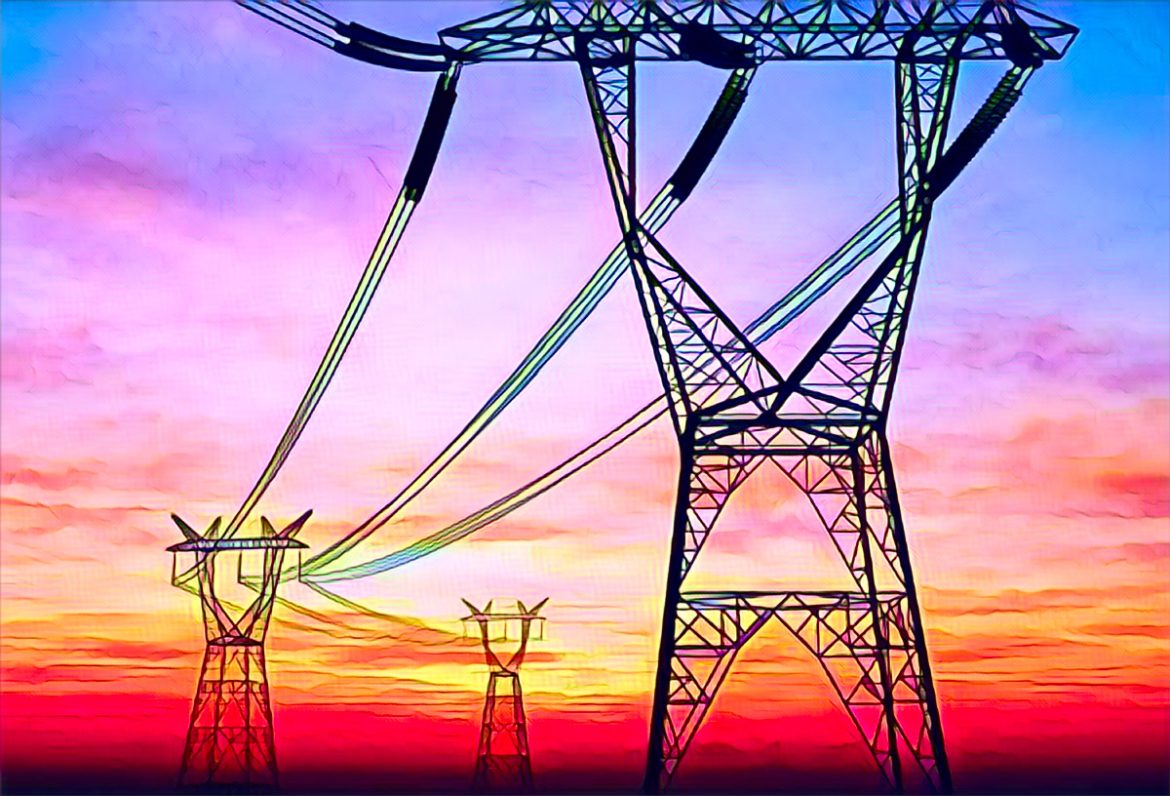Zimbabwean authorities are pulling out all stops to cover up the country’s socio-economic and political challenges ahead of the Southern African Development Community (SADC) Summit. The government has directed the national power utility to ensure uninterrupted electricity at select venues during the summit period.
Power Priorities for SADC Summit
In a bid to present a seamless experience for regional leaders, the government has ordered the Zimbabwe Electricity Supply Authority (ZESA) to provide constant power to key locations. These sites include the Harare International Conference Centre (HICC), the New Parliament Building in Mt Hampden, and the University of Zimbabwe’s Diamond Lecture Theatre.
A leaked memorandum from Energy Permanent Secretary Gloria Magombo to ZESA Executive Chairman Sydney Gata highlighted the urgency of this request. “The ministry is, therefore, requesting ZESA through ZETDC to ensure uninterrupted power supply at the above-mentioned venues during the SADC summit period,” Magombo stated.
While these efforts aim to create an impression of normalcy for the SADC leaders, ordinary Zimbabweans continue to suffer. Many citizens endure up to 20 hours of daily power cuts, starkly contrasting the image the government wants to portray.
Citizens Endure Blackouts Amid Preparations
The SADC Summit, scheduled for August 17, includes several significant events, such as the ongoing SADC Industrialisation Week, the Council of Ministers meeting, an investment forum, a public lecture, and the Organ Troika Ministerial Committee meeting. The government’s focus on these events is evident in its efforts to spruce up the venues and surrounding areas.
The administration has taken over the rehabilitation of roads used by VIPs and removed street vendors from key areas. This move aims to present a cleaner, more organized image to the visiting dignitaries. Zimbabwe will assume the rotating chairmanship of the regional body from Angola during the summit, making the event even more significant for the host nation.
Despite spending around $2 billion on power generation over the last decade, Zimbabwe still faces severe electricity shortages. The country generates an average of 1,200 MW of electricity, far below the peak demand of 1,800 MW. Power cuts affect households and critical sectors like mining and agriculture.
Structural Issues Behind Power Crisis
Zimbabwe’s power crisis stems from multiple structural issues. Generation at Kariba Dam has been reduced due to low water levels, exacerbated by repeated droughts. Additionally, the country’s coal-powered plants, meant to provide baseload power, frequently break down due to their age and lack of maintenance. This has forced authorities to rely heavily on Kariba, depleting the annual water allocation and affecting neighboring Zambia’s share.
Energy experts criticize the government’s handling of the crisis, pointing out the need for sustainable solutions. “The reliance on Kariba and aging coal plants is not viable in the long term,” said one energy analyst. “Investment in renewable energy and modernizing existing infrastructure is crucial.”
The administration’s focus on masking the crisis during the SADC Summit highlights the broader issue of governance and accountability. Critics argue that the government’s priority should be addressing the root causes of the power shortage rather than temporary fixes for high-profile events.
International observers and local stakeholders are closely monitoring the situation, urging the government to adopt transparent and sustainable policies. The SADC Summit provides an opportunity for Zimbabwe to engage with regional leaders on collaborative solutions to shared challenges, including energy security.
As the summit approaches, the contrasting realities of uninterrupted power for the elite and daily blackouts for the masses remain a stark reminder of the country’s deep-seated issues. The government’s handling of the power crisis during this period will likely influence public perception and the credibility of its leadership on both national and regional stages.
Source: New Zimbabwe


